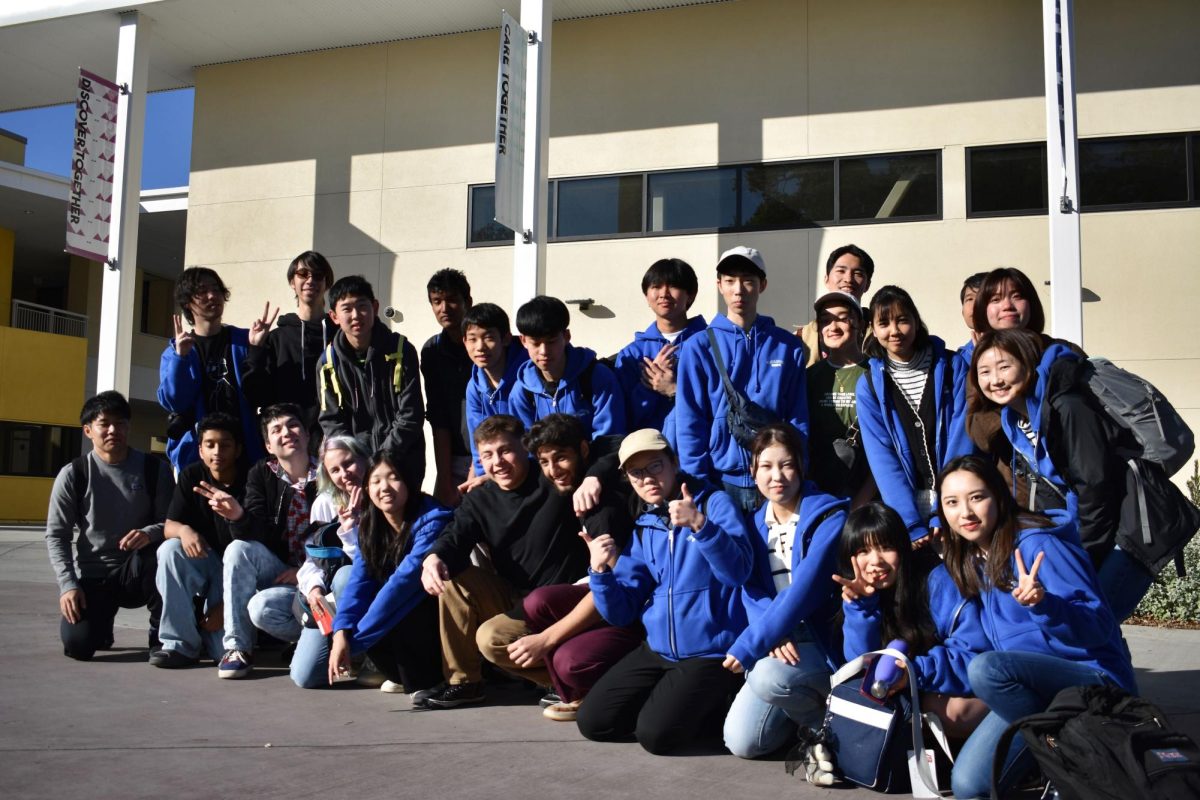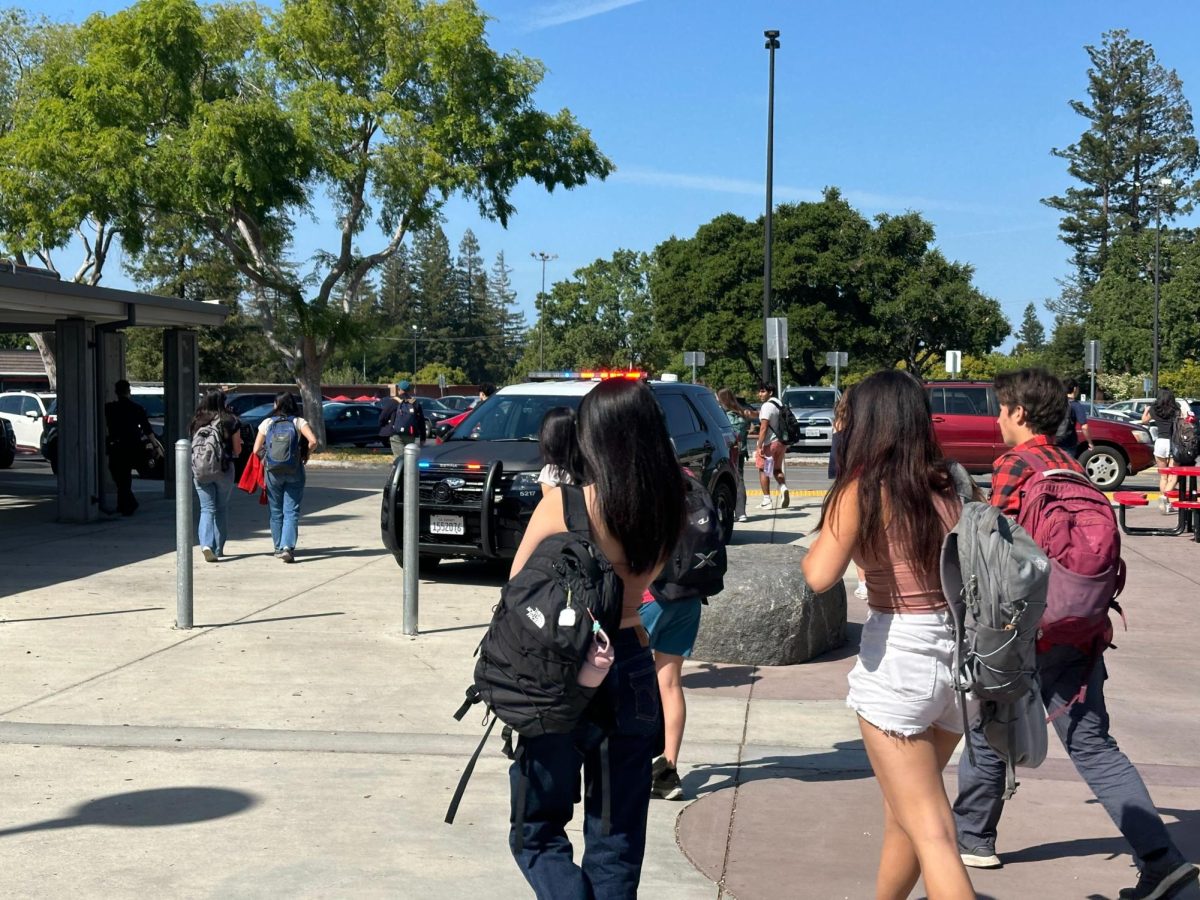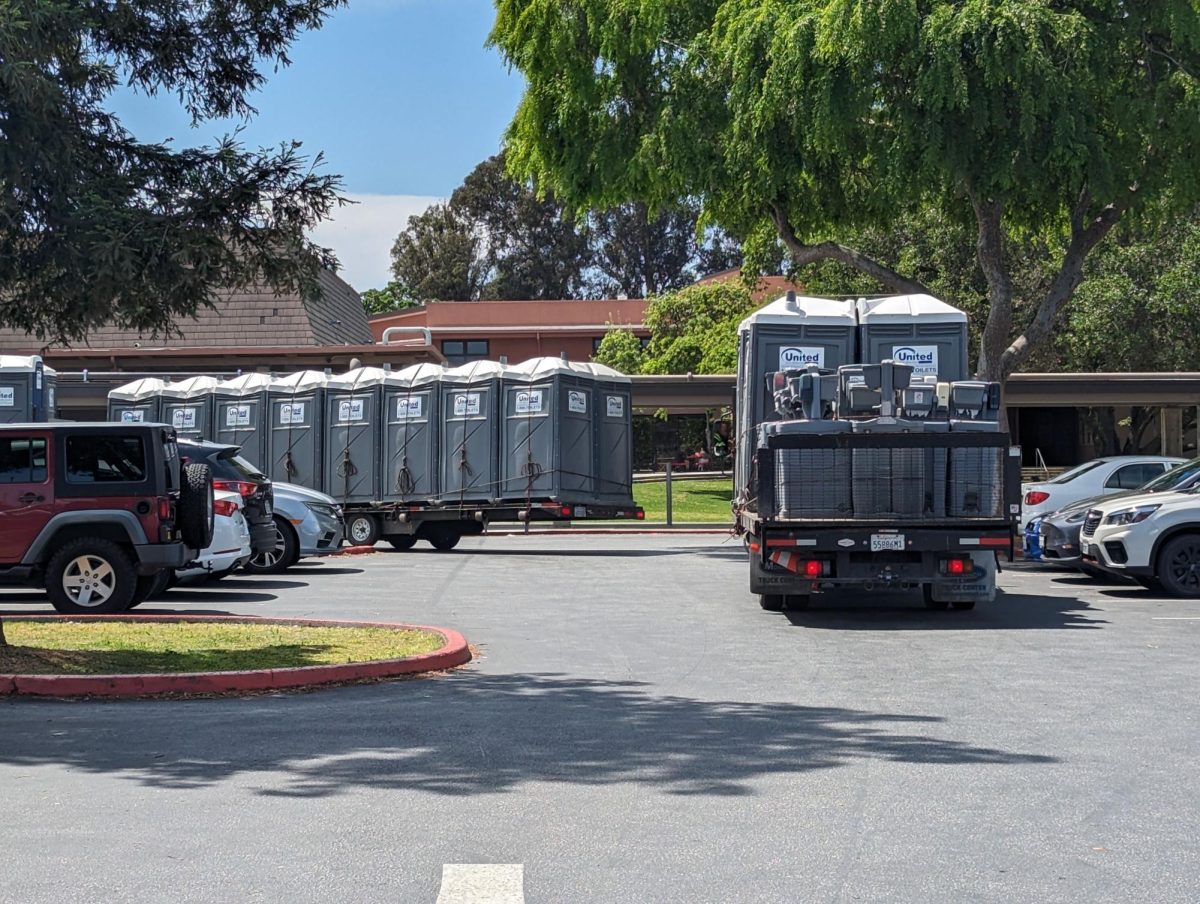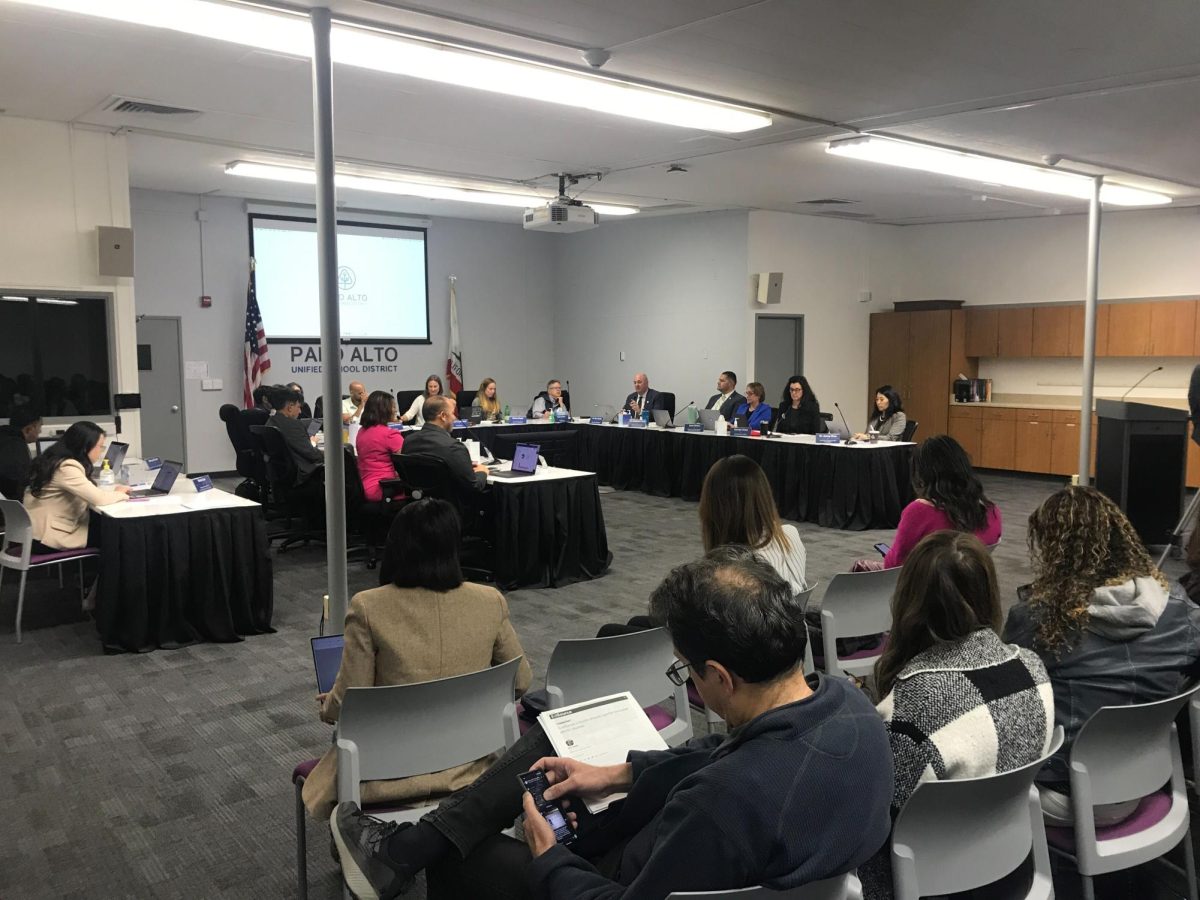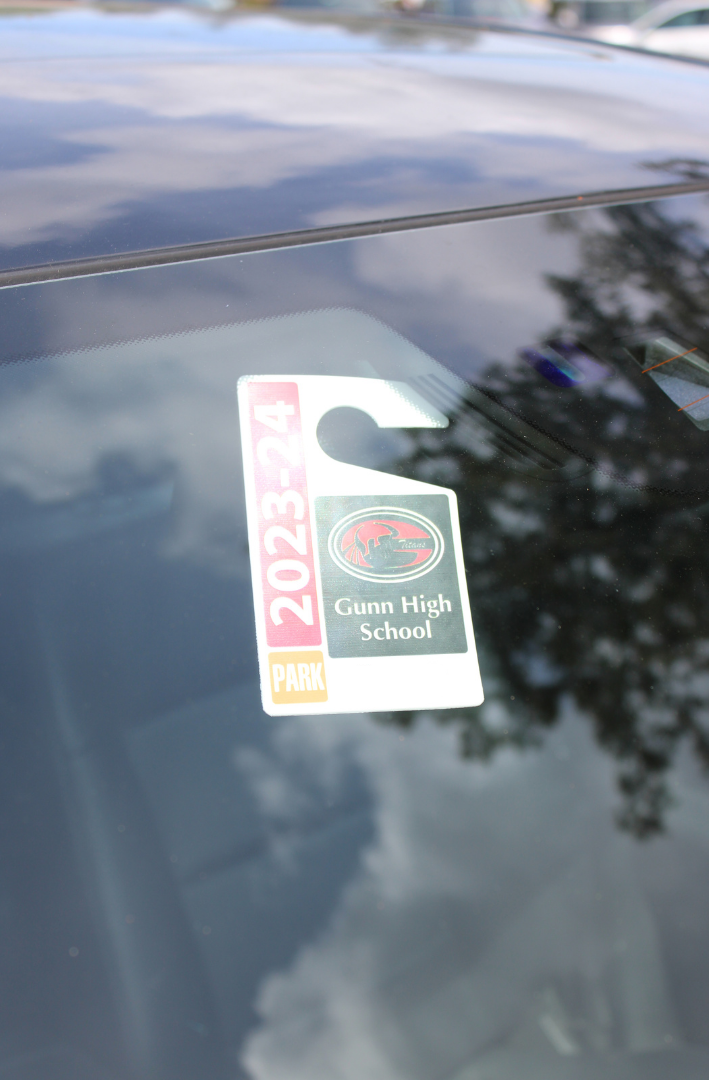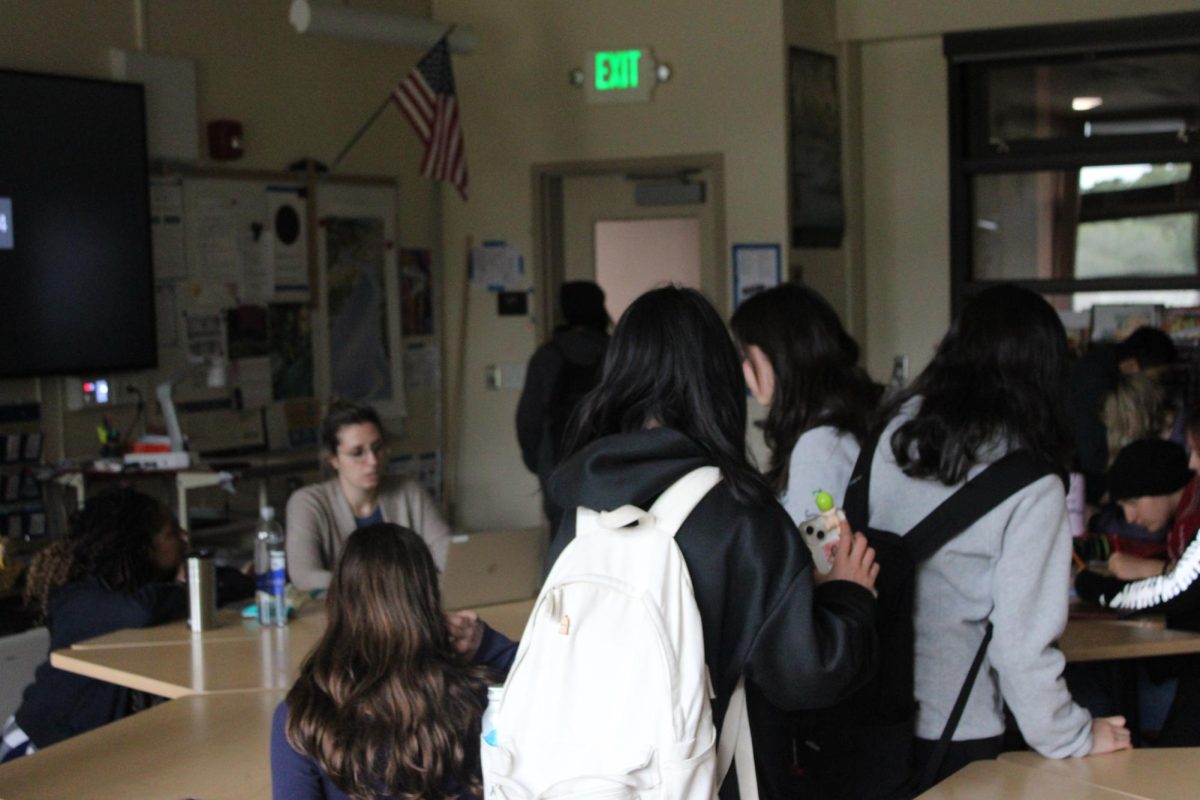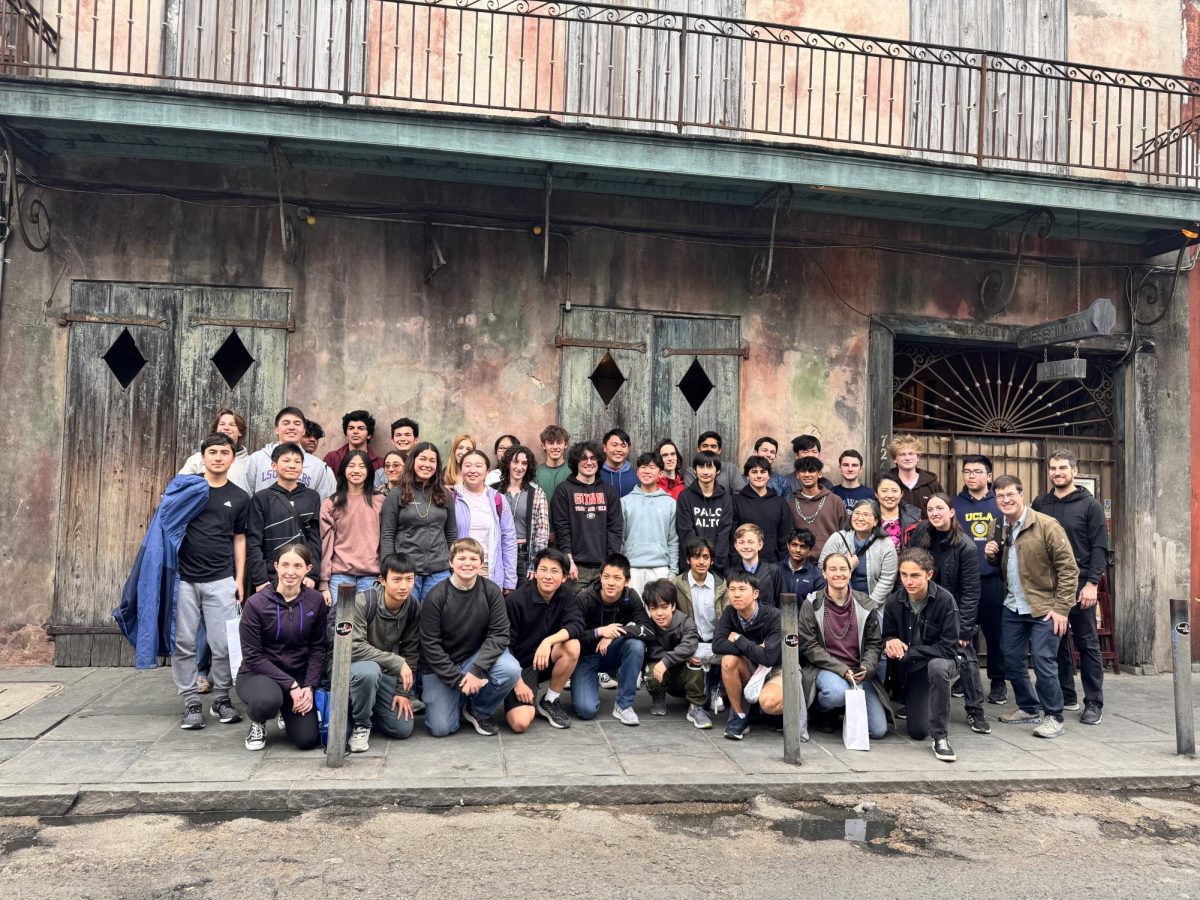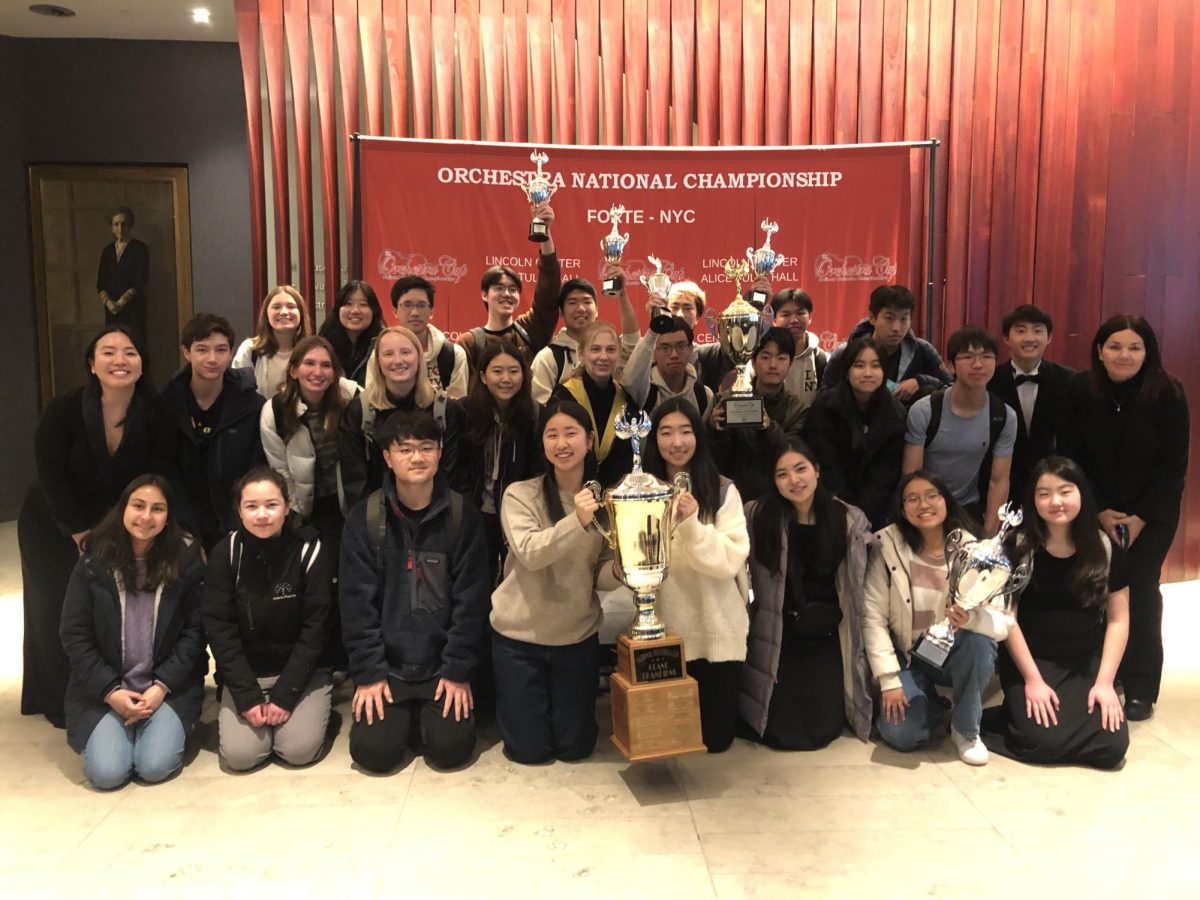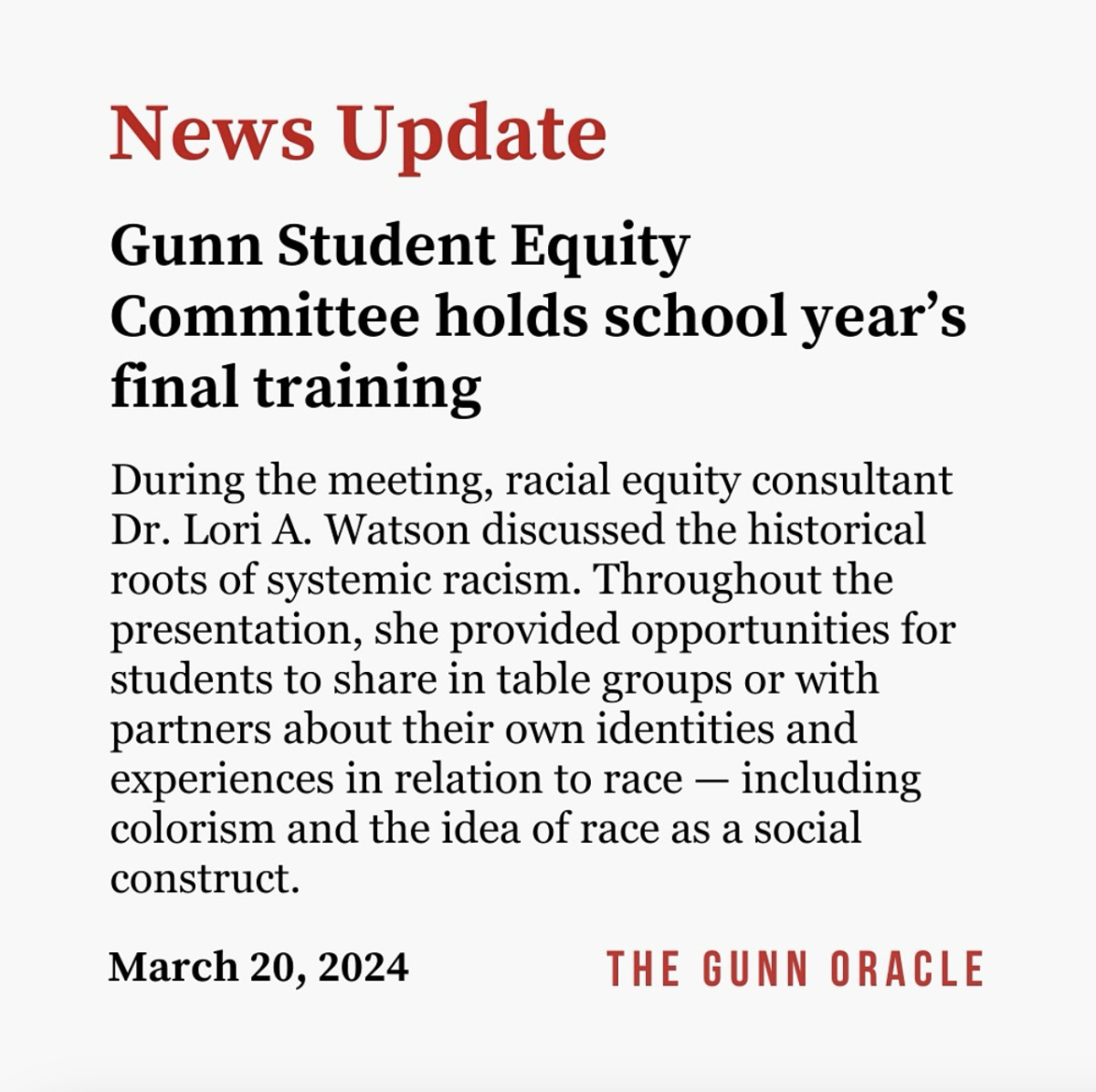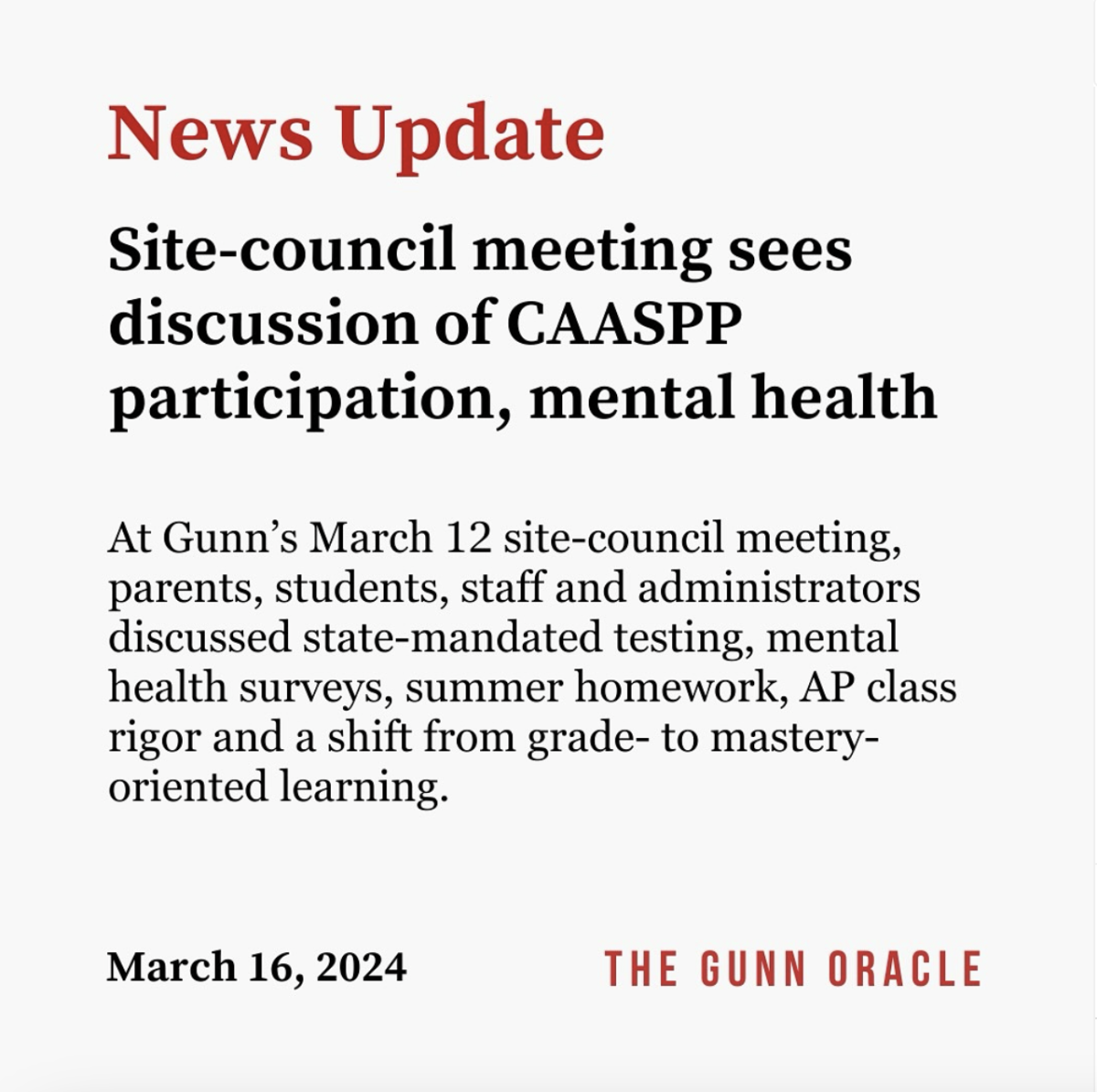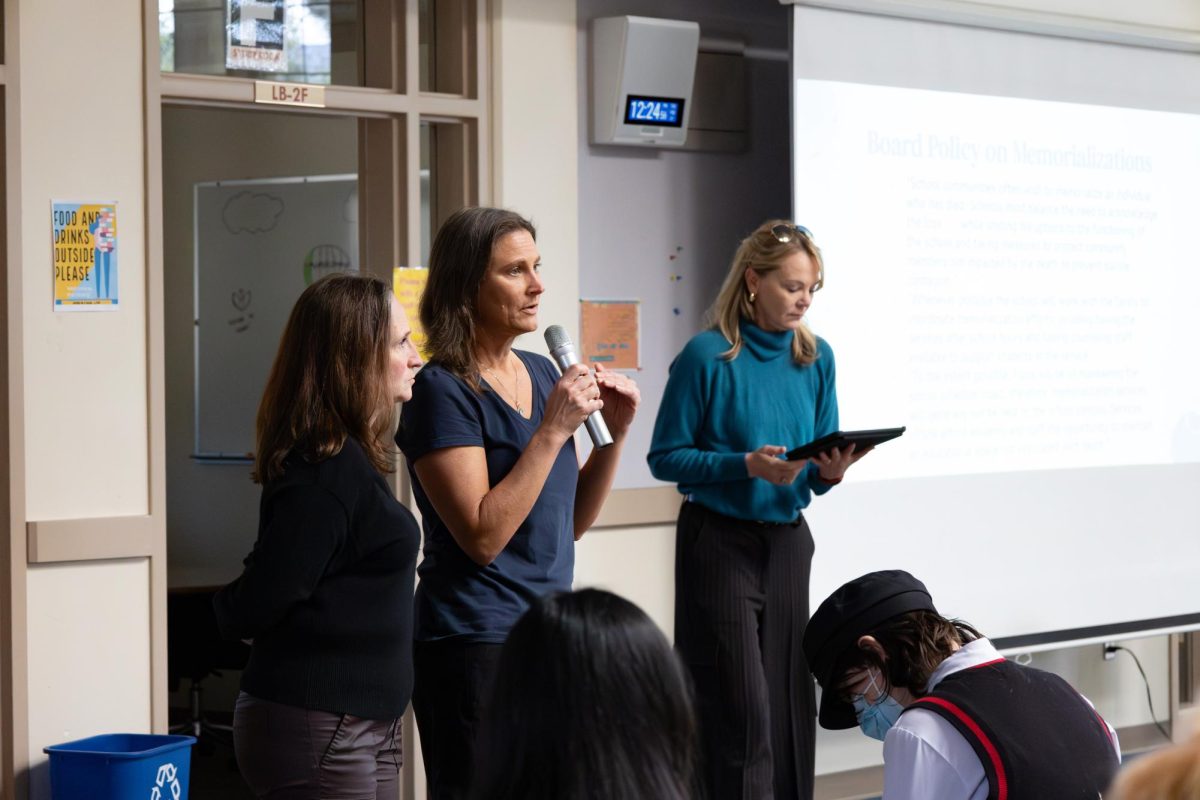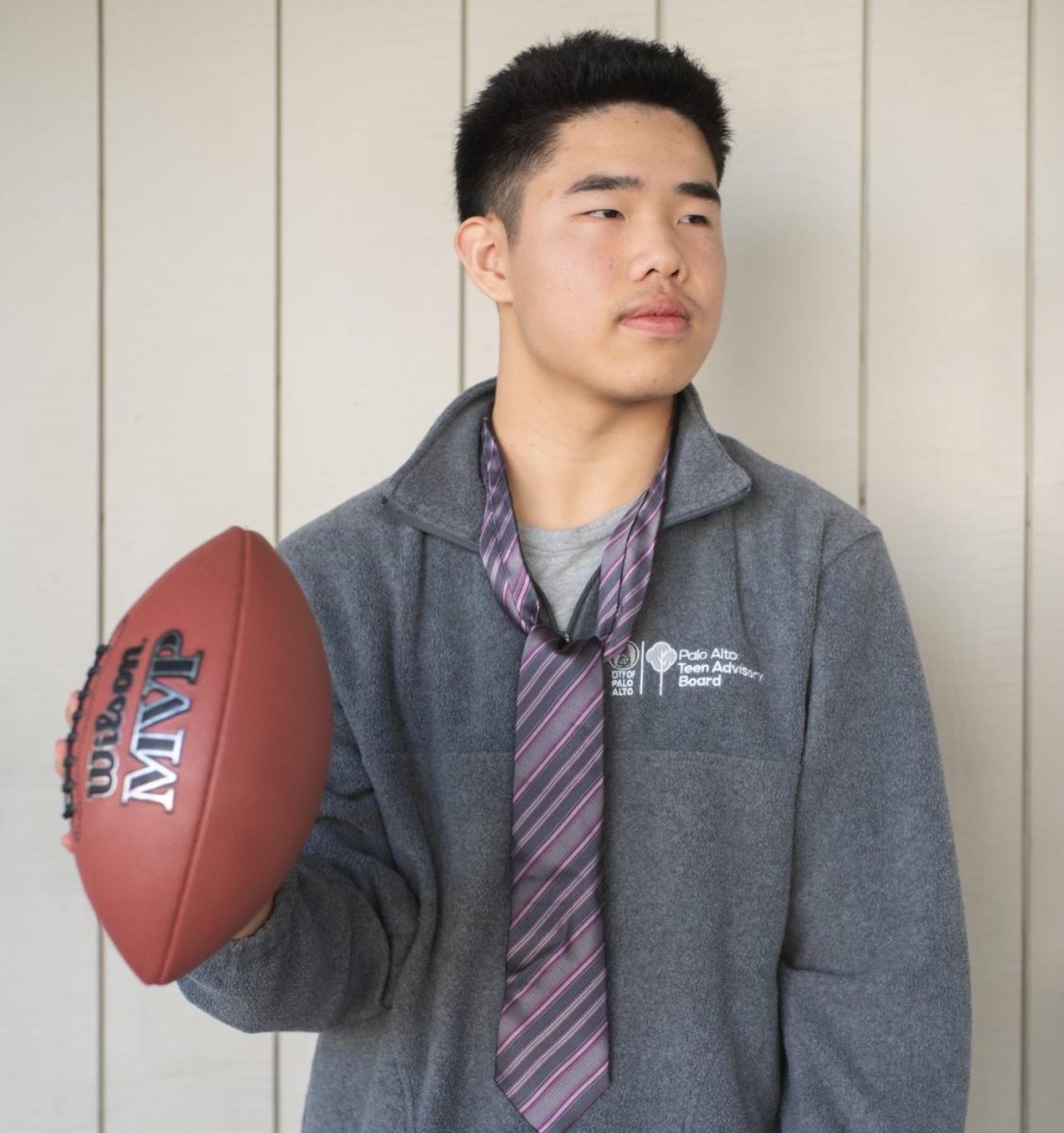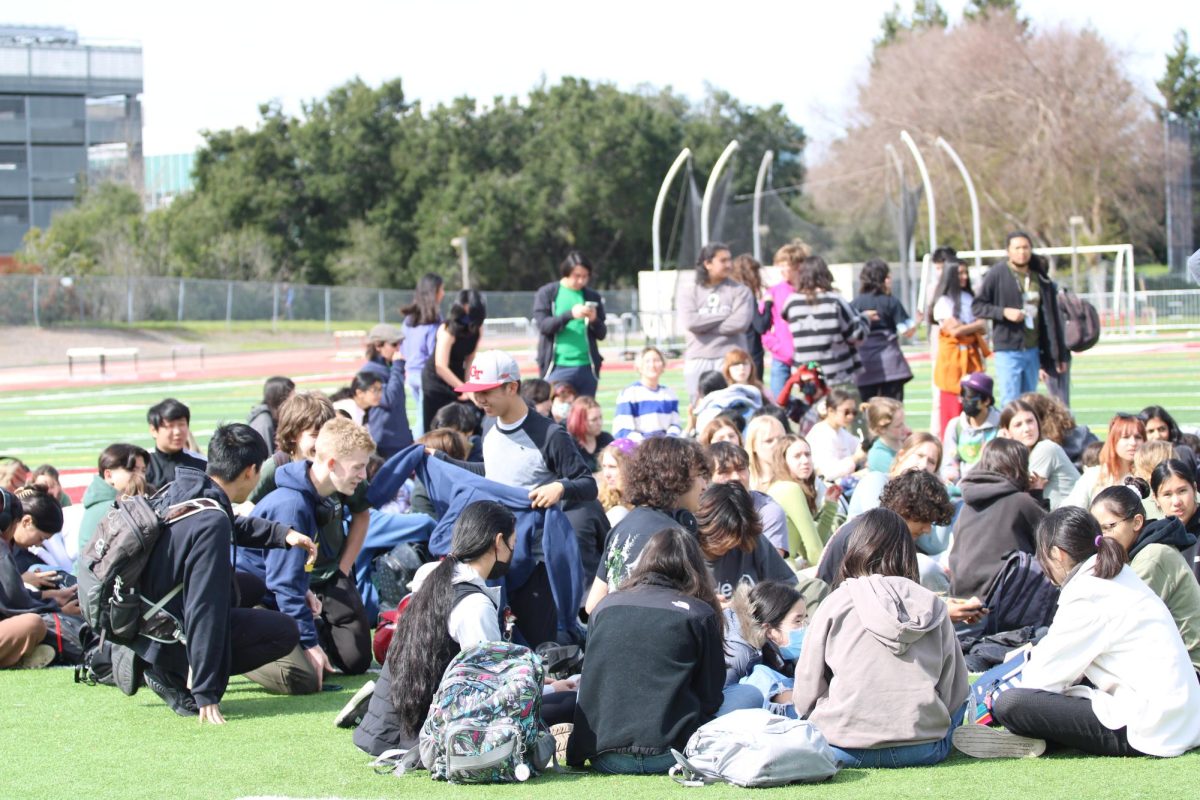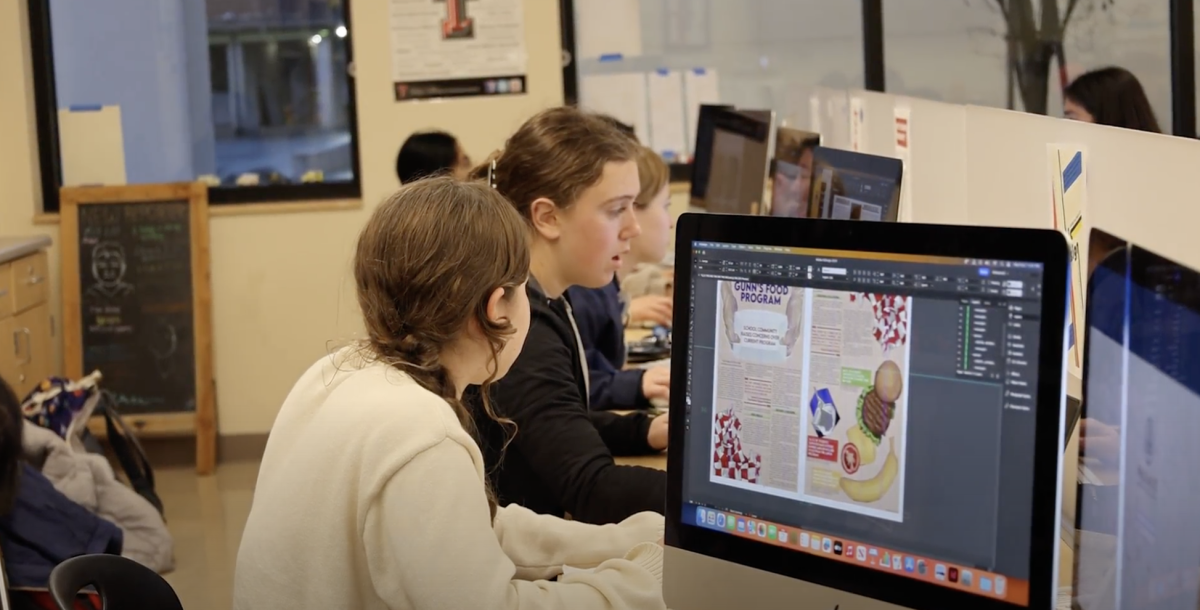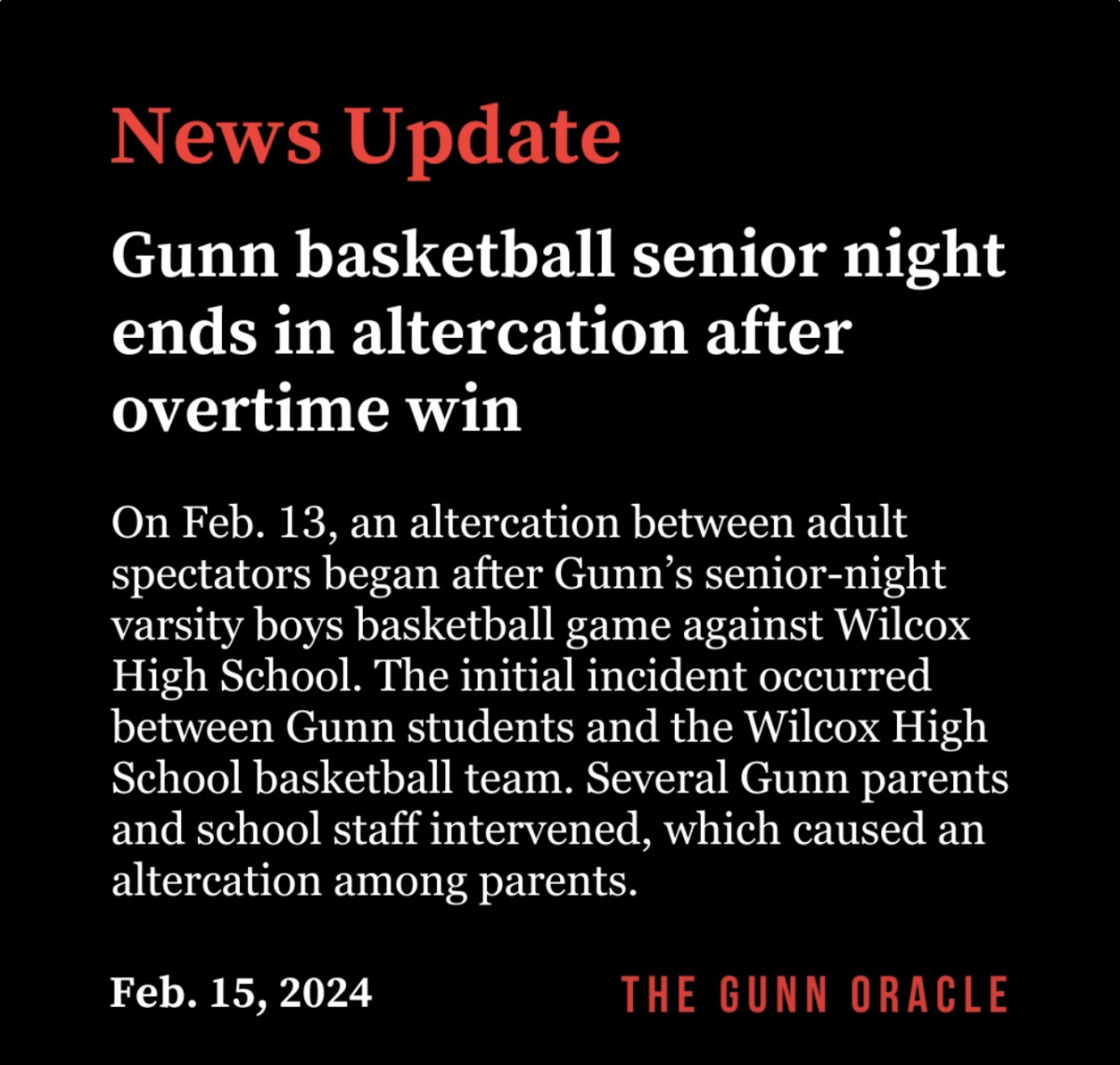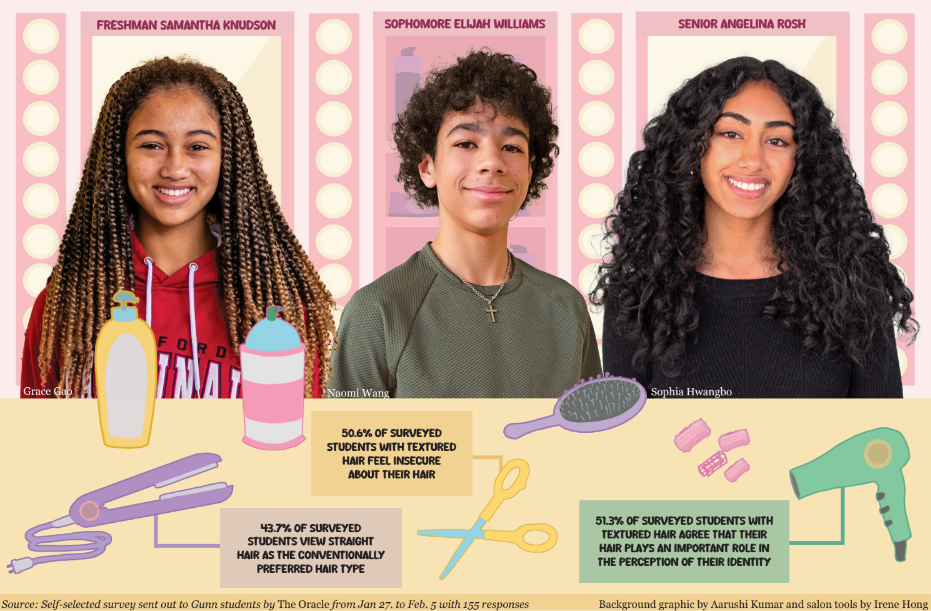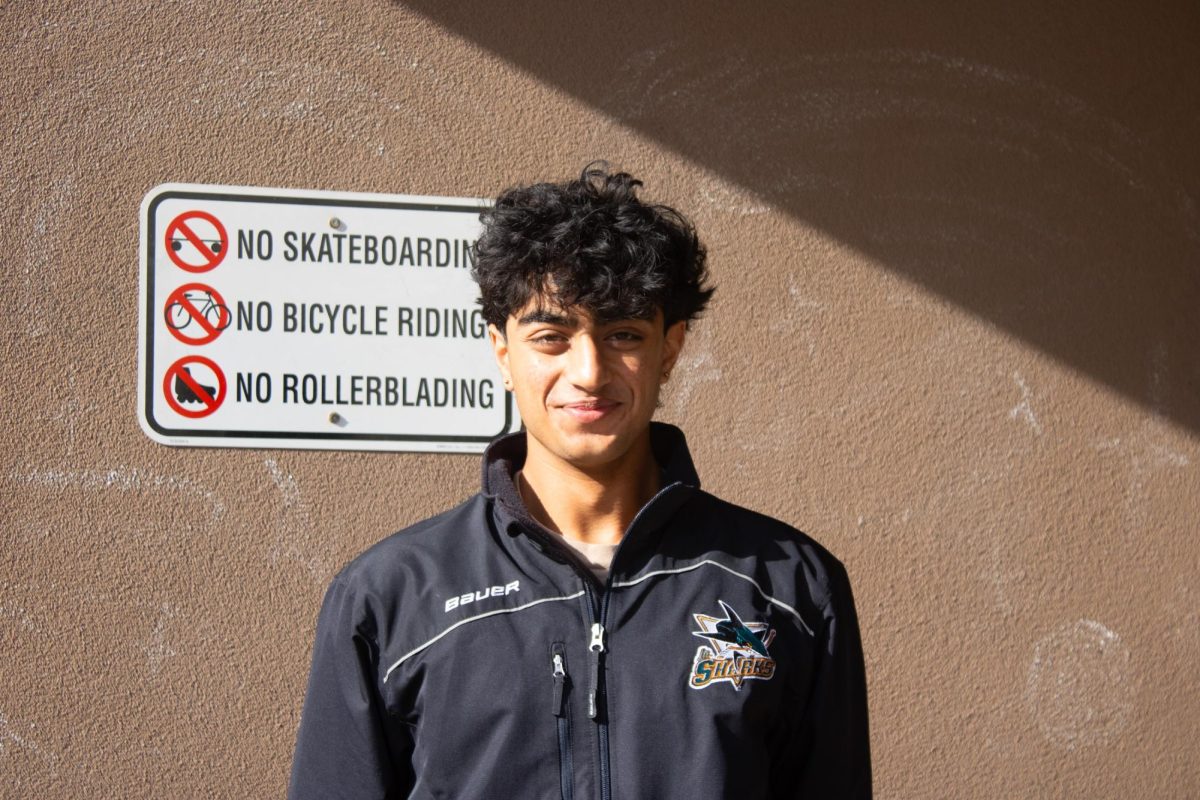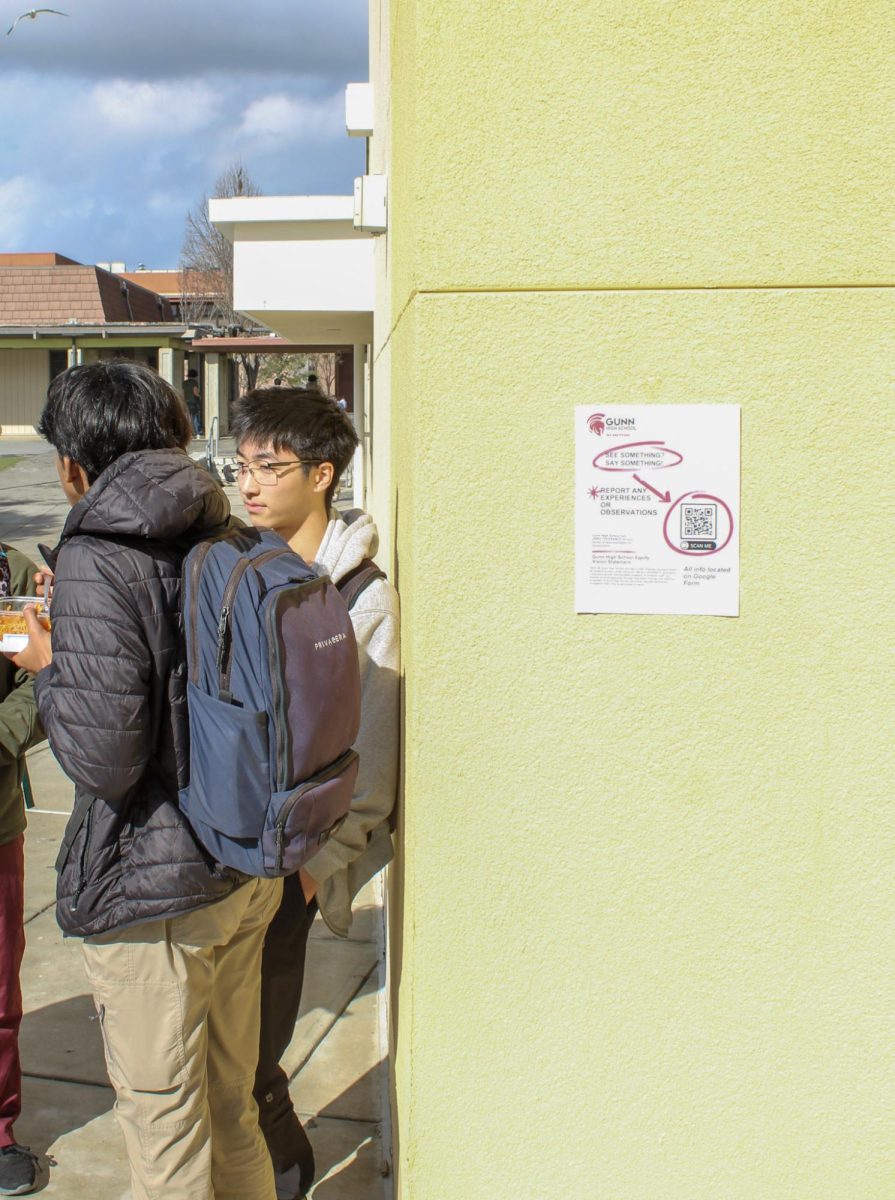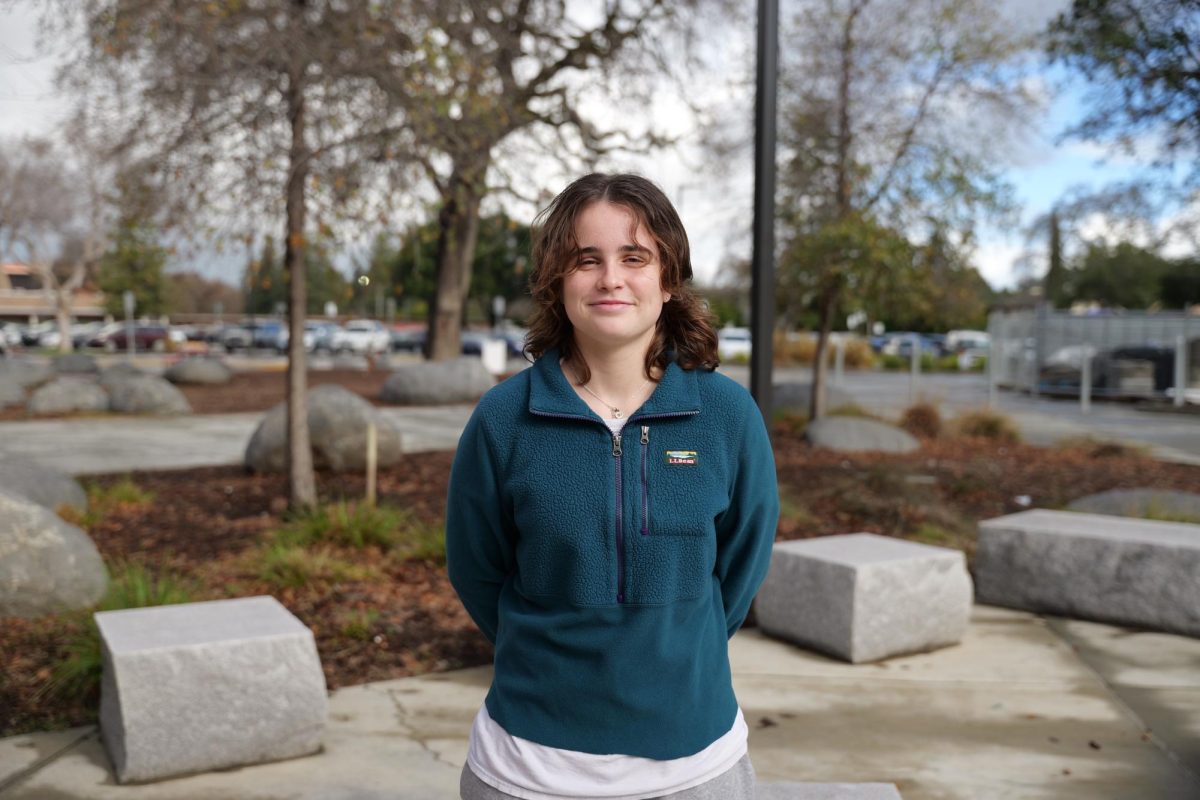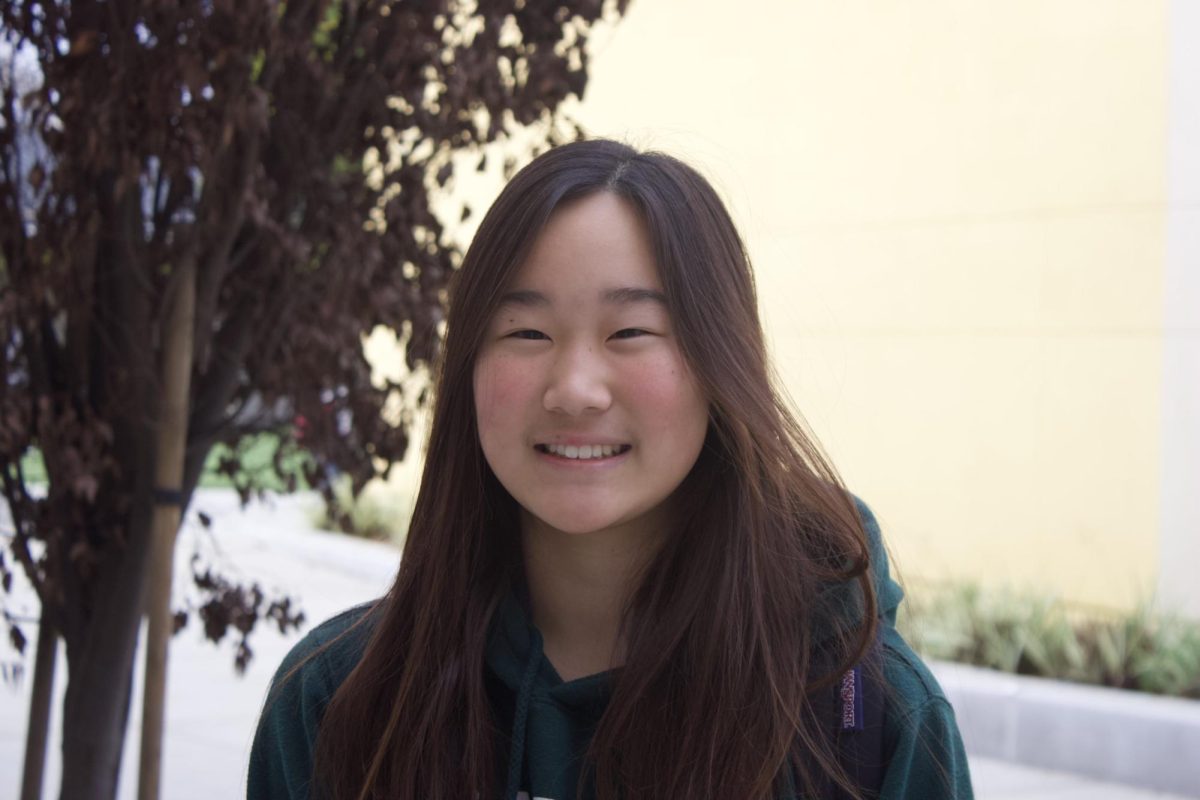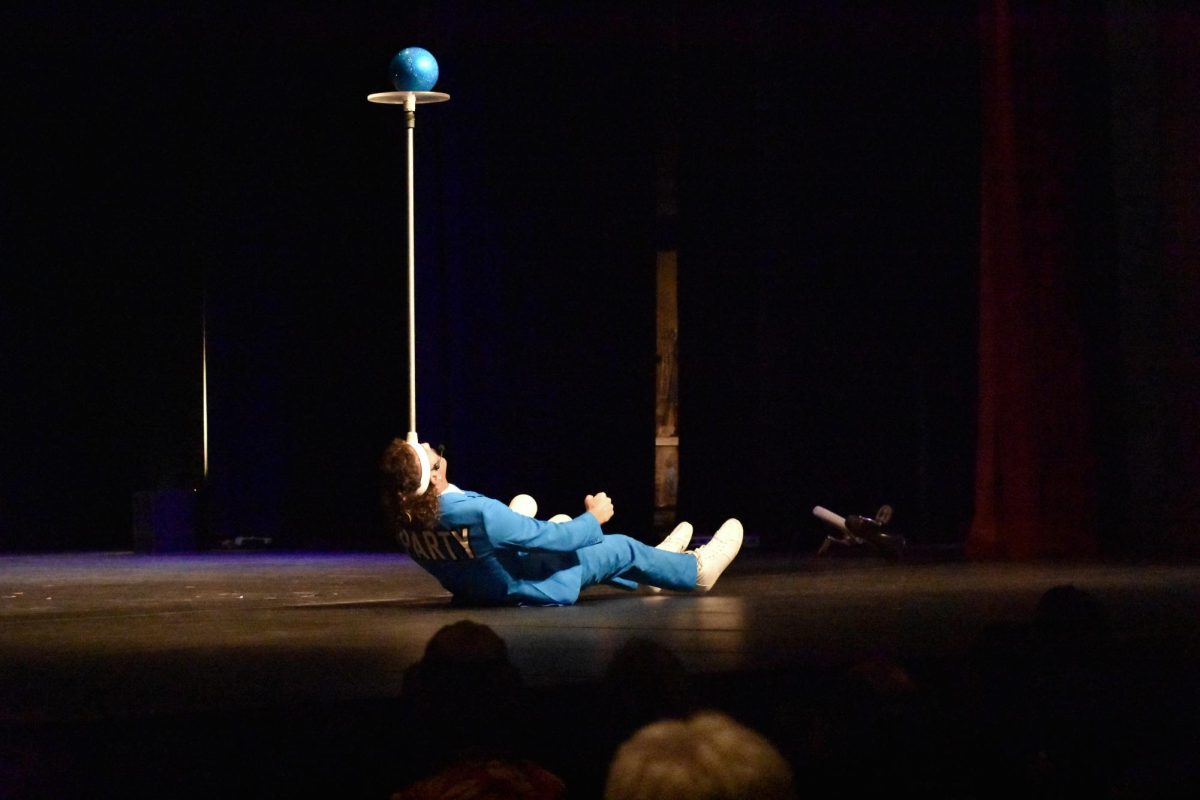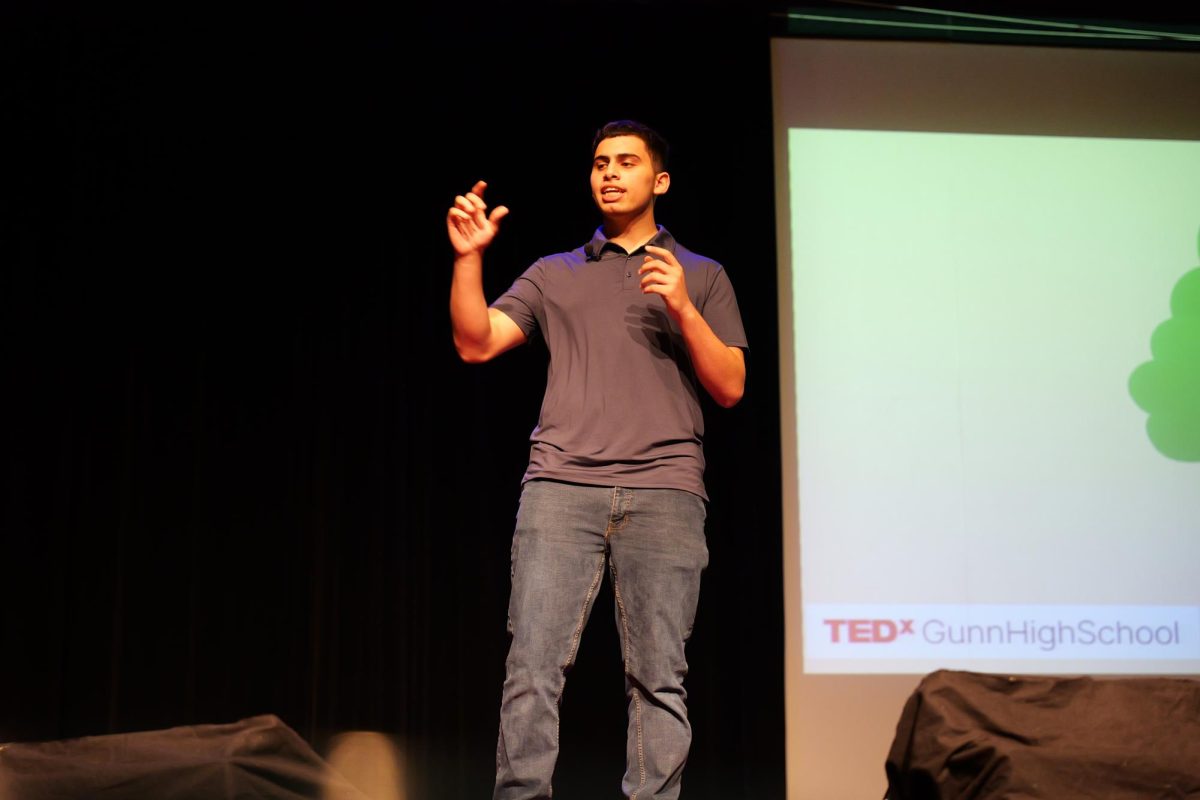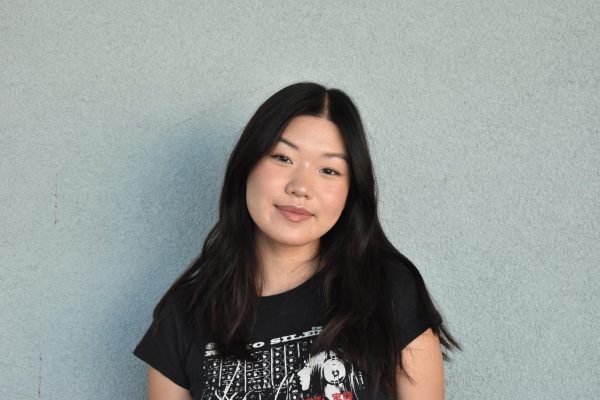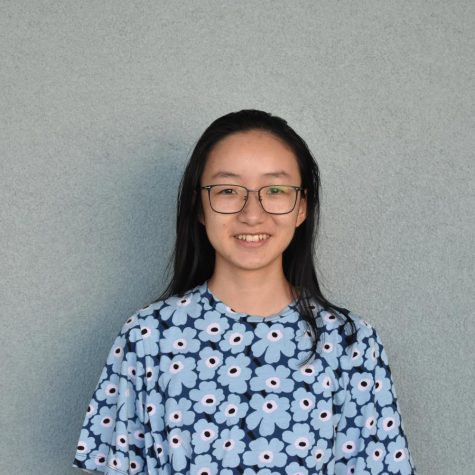From March 16 to March 24, Gunn students hosted 10 students from Japan as part of World Terakoya Program, a Japanese cultural exchange program. The exchange students have been shadowing their Gunn hosts during their school days, as well as visiting local attractions such as San Francisco and Stanford University.��
World Terakoya Program, based in Tokyo, was founded by Stanford post-graduate student Masaki Nakamura in 2022. This year’s exchange was the second one they have organized.��
Japanese teacher Matt Hall invited all students in his Japanese classes to host exchange students at their homes, but prioritized his Japanese 3 and AP Japanese classes due to students’ higher proficiency with Japanese and the time commitment of hosting. In the end, 10 Gunn families who volunteered to be hosts were connected with exchange students’ families in Japan.
��“It’s a tough ask,” Hall said. “You’re asking for a week of the family’s time and all of this week at school. (They have to) bring a Japanese homestay with them to everywhere, every class. And if they’ve got a sports team meeting after school practice, they’ve got to bring them to that. So it’s a lot of work because everybody’s busy.”��
Many of the Japanese exchange students came to the U.S. to research one topic of their choice through creating various surveys and questionnaires. For example, junior Mitsuki Hamasaki, who attends Osaka Business Frontier High School, was most interested in entrepreneurship. Beyond gauging Gunn students’ interest in business and learning more about the U.S. economy, Hamaski also wanted to use this opportunity to improve his English.
“When they’re teaching English in Japan, they mainly teach reading and writing, but they don’t really teach speaking and listening that much,” Hamasaki said in a conversation translated from Japanese by his host, senior Yahya Mirza. “So (I) can do perfectly well on an English test, but when it comes to an actual conversation, it’s a lot more difficult.”
Hall shares this goal of mutual language integration for his students.��
“My goals were twofold: one certainly was for my students to help the Japanese guests,” Hall said. “It’s up to us to be good ambassadors of our culture, and anthropologists of their culture. The secondary goal is of course for my students to also get some practice with our Japanese. There really is a back-and-forth and give-and-take because my kids are learning a lot from them too.”
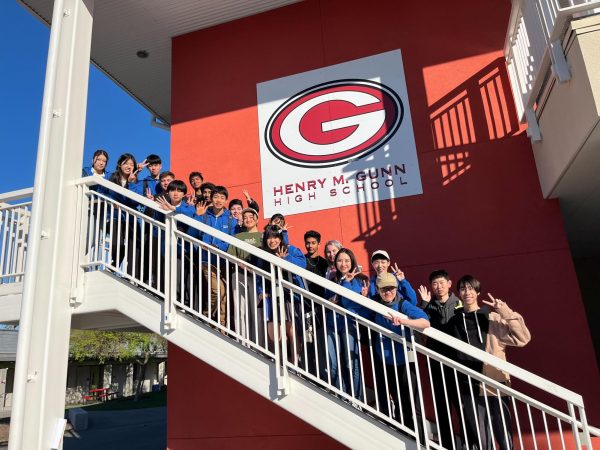
Host junior Nikki DeVincentis finds it rewarding to both help his exchange student learn more about Japanese culture, as well as practice Japanese in a more casual context.
“I’d say my favorite experience so far is probably just learning the colloquial language,” he said. “I can always learn more grammar patterns and learn more vocab, but (what I’ve learned from this experience) isn’t exactly something that can be taught, like all the slang and casual language. It’s just been really exciting to be able to converse with them in a natural tone, different from the Japanese that I’ve been taught in class.”
Exchange student sophomore Minori Ohishi, who is interested in studying animal welfare, expresses gratitude for her host’s — and Gunn’s —��welcoming attitude.��
“I can’t speak English well and I am only here for a week, but everyone accepted me warmly, talked and ate with me as a member of their family or their friend,” Ohishi said. “I (just) want to say thank you.”
Ohishi found the Palo Alto community’s inclusivity pleasantly surprising.
“I’m surprised the most at the warmth of people,” she said. “People from many different countries live here, and everyone accepts each other without denying everyone else. I think this is a wonderful thing.”
��Those involved in the exchange —��students and staff alike —��have appreciated the Gunn community’s flexibility and openness. According to Hall, teachers from every department have been cooperative with the extra students and Japanese staff members coming in to observe their classes.
“People talk a lot about teachers being very solo or very, ‘I just want to teach my classes and nobody bother me,’ but that’s certainly not been the case,” Hall said. “I’ve received tremendous support from the overall staff and their willingness to show what they’re all about. And these Japanese staff members, they’ve never seen Americans teach, (but) they’re seeing the best of the best here at Gunn.”
Exchange students are seeking survey responses from Gunn students. Below are surveys created by junior Mitsuki Hamasaki and sophomore Minori Ohishi.
Mitsuki Hamasaki: ��
Minori Ohishi:


